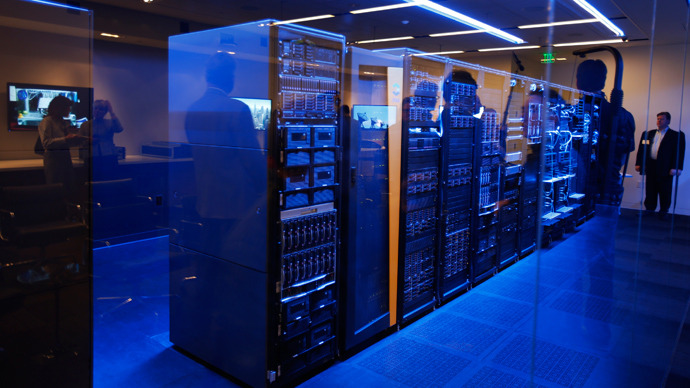The US government has been running a quantum Internet for over two years

It’s a perfectly secure Internet that by definition cannot be penetrated by wiretaps and eavesdropping — and the US government has been sitting on it for the last two-and-a-half years.
A longtime goal among cryptologists has been to perfect the “quantum Internet” — which, in the most basic way possible, uses the main principle of quantum mechanics to transfer communications from one point to another.
Still confused? Technology Review explained it as easily as possible:
“The basic idea here is that the act of measuring a quantum object, such as a photon, always changes it. So any attempt to eavesdrop on a quantum message cannot fail to leave telltale signs of snooping that the receiver can detect.”
Makes sense, right? Well it’s much easier said than done and has been a desire of computer scientists and cryptologists since the early days of the Internet. A quantum Internet connection cannot be even remotely disturbed without raising a red flag, so data sent over such a network would be transmitted in the most secure form the digital age has ever seen.
“And these are literally completely secure,” wrote Dan Nosowitz for PopSci this week. “Any attempt to eavesdrop is necessarily obvious, because the mere act of eavesdropping physically changes the transmission.”
According to a revelation made by two scientists this week, the era of quantum Internet may finally be upon us.
The Tech Review blog announced on Monday that Richard Hughes and a team of researchers at Los Alamos National Labs in New Mexico have been running an “alternative quantum Internet,” and have been doing so for roughly two-and-a-half years. In a blog post the website broke down the basics of how Hughes and company created a system that works like a hub-and-spoke network in which all messages anywhere in the network get routed from a main node — a central hub.
“The idea is that messages to the hub rely on the usual level of quantum security. However, once at the hub, they are converted to conventional classical bits and then reconverted into quantum bits to be sent on the second leg of their journey,” announced the blog. “So as long as the hub is secure, then the network should also be secure.”
The government’s labs at Los Alamos have previously been used for nuclear research and were instrumental in the Manhattan Project — the Allied forces program that evoked the bombing of Hiroshima and Nagasaki. According to Tech Review, though, the goal of having a commercially viable quantum Internet is one much less intense. The website reported that a quantum connection could be used to establish 100 percent secure connections using fiber cables between home computers, televisions and other objects as seemingly everything can be wired these days to the Internet.
Given recent attempts out of Washington to essentially eliminate encryption, though, selling a super secure connection to the American public is likely a long way coming.














